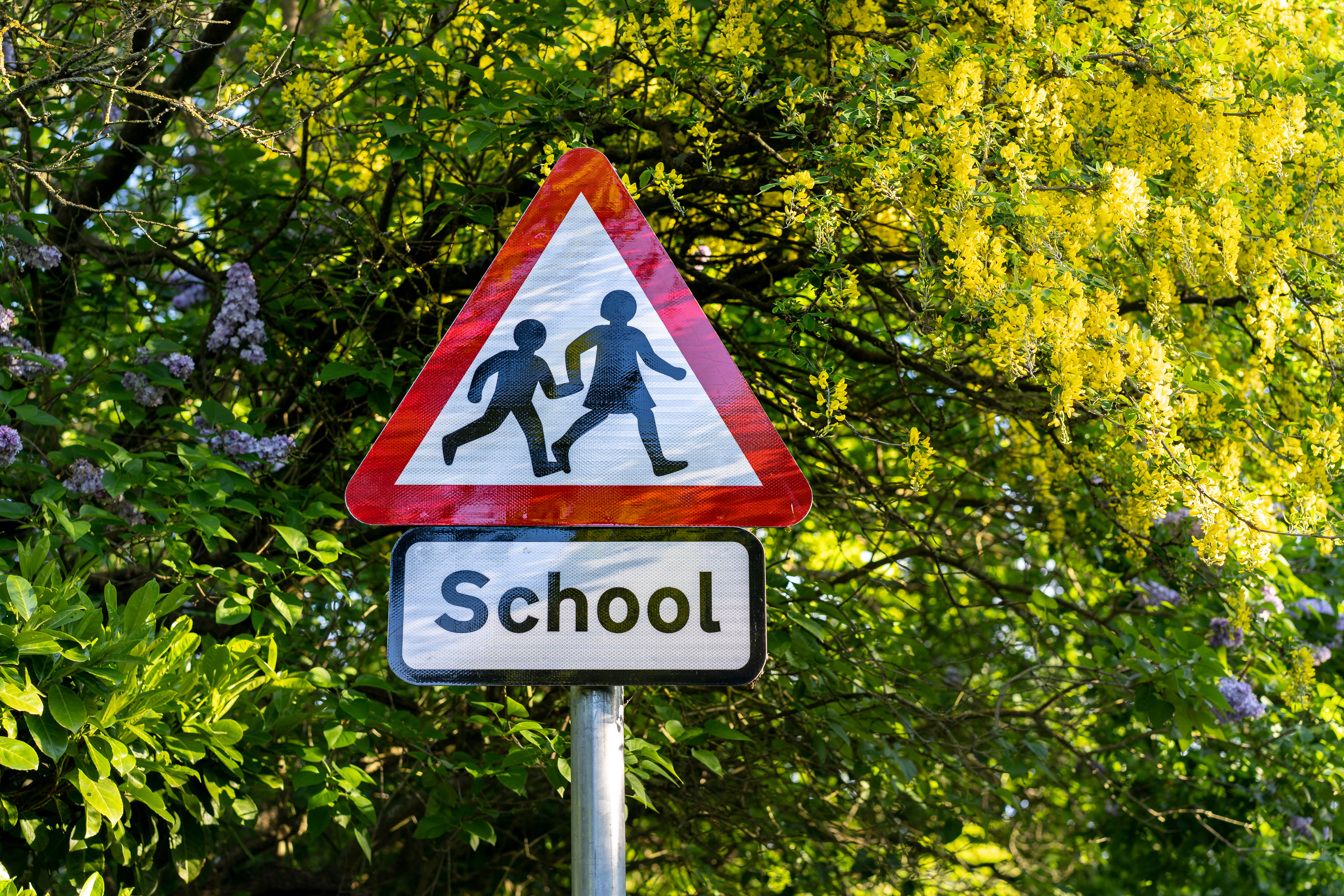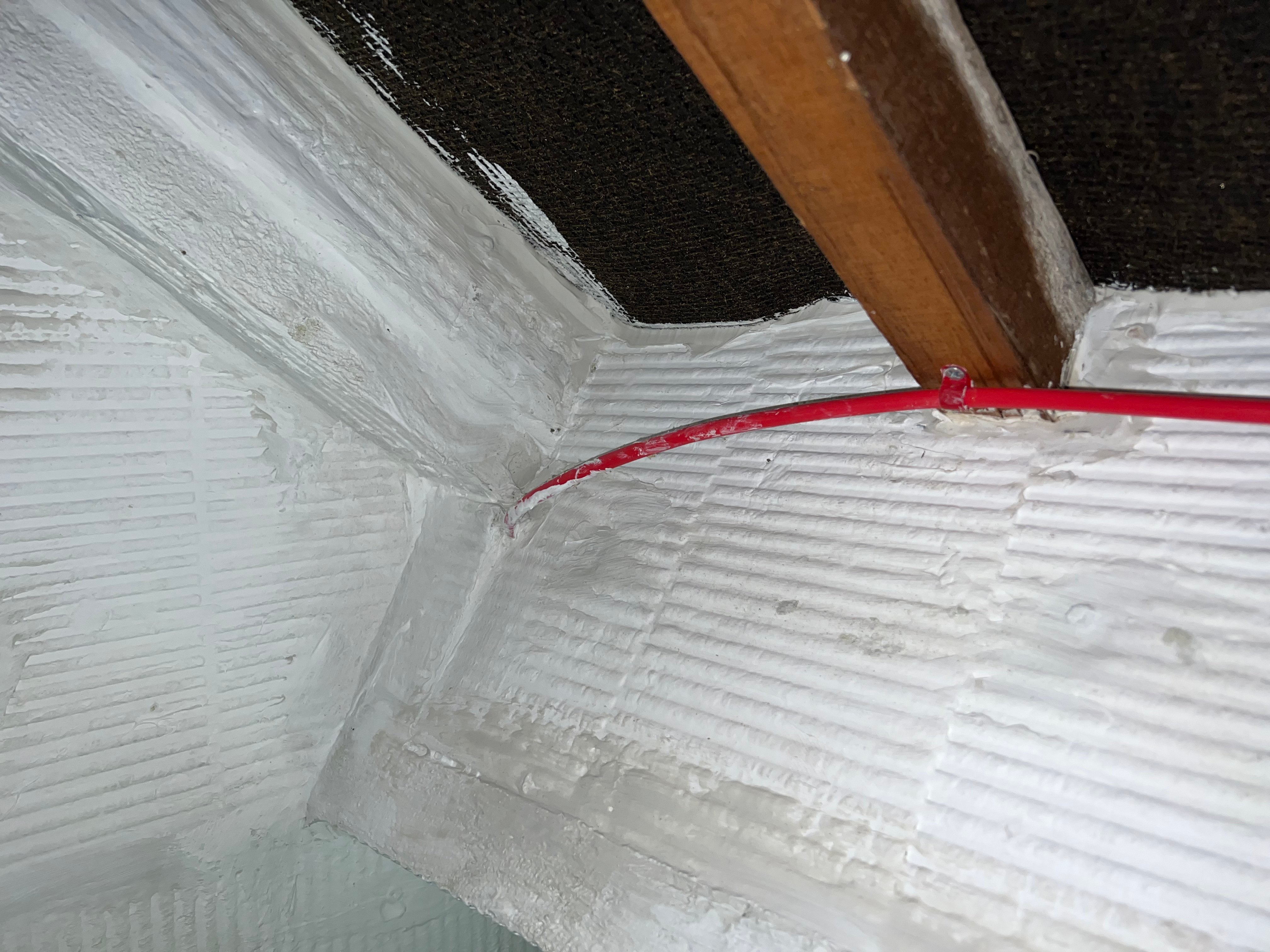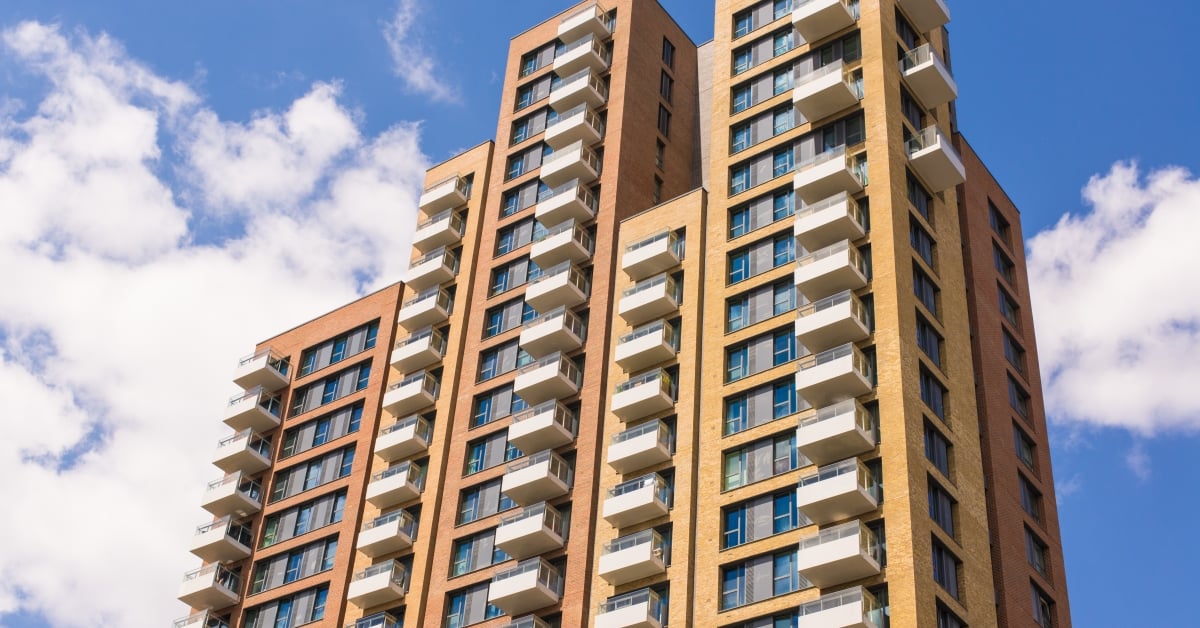Understanding Fire Safety in Schools

Fires in schools can lead to devastating and severe consequences, both in terms of human lives, property damage as well as impacting children's education. Implementing and adhering to robust fire safety practices is therefore imperative to create a secure learning environment for all. In this blog we explore the legislation surrounding fire safety in schools across the UK. With varying legislation, based on your location, we aim to provide a useful guide for any responsible person(s) for schools.
School Fire Safety Statistics
A 2021 Home Office report detailed that approximately 90,000 students had experienced disruptions to their education as a direct result of fires in schools. Furthermore, between 2016 and 2021 alone, fires have caused damage to over 74,000 square meters of teaching facilities—an area equivalent to approximately 10 football pitches.
Regrettably, schools face a significant challenge with arson attacks, ranking at the top of building types most susceptible to attacks. Annually, approximately one in twenty schools faces a fire, with nearly 60% of these incidents being intentionally started. An alarming 85% of property losses in schools result from the direct impact of fires.
While it's possible to calculate the short-term or immediate effects of losing facilities and equipment, gauging the long term consequences like the loss of work, disruptions to classes, and the decline in morale poses a much greater challenge. Nevertheless, the unmistakable reality is that a substantial fire could significantly impede a child's education for many months.
In January 2024, there has already been instances of school closures due to fires. In Manchester, a school has been closed due to a fire that was restricted to only one classroom, but has had to remain closed due to smoke and water damage in the wider building.
What does the legislation state?
England & Wales: The Regulatory Reform (Fire Safety) Order 2005 is the primary legislation governing fire safety in schools. This comprehensive order outlines the duties and responsibilities of those responsible for the premises, including the school management, to conduct fire risk assessments, establish emergency plans, and ensure adequate fire safety measures are in place.
It's worth noting that boarding schools will have to adhere to additional legislation which is covered by the Building Safety Act 2022, due to additional legislation for buildings offering multi-occupancy.
Scotland: The Fire (Scotland) Act 2005 and Fire Safety (Scotland) Regulations 2006 play crucial roles in regulating fire safety in schools. These acts stipulate similar responsibilities for fire risk assessments, emergency planning, and the installation and maintenance of fire safety equipment within educational premises. Despite legislation being similar it's worth familiarising yourself with the specific act as there will be subtle differences between the Fire (Scotland) Act 2005 and Regulatory Reform order 2005 such as The Fire (Scotland) Act 2005 introduces a formal certification process for fire engineering strategies. Importantly Scotland (and Wales) also mandates that sprinkler systems are installed in all new or substantially refurbished schools.
What Legislation Guides are available?
Guides promote a consistent and comprehensive approach to safeguarding the well-being of students, staff, and visitors, addressing potential risks and enhancing overall fire safety in educational environments. These guides compiled by the government provide excellent guidance on how to achieve compliance.
Building Bulletin 100 - Issued by the UK government, BB100 provides essential guidance for designing and maintaining school buildings. It covers aspects such as spatial requirements, accessibility, safety, and sustainability, aiming to create optimal learning environments. Compliance with this bulletin ensures schools meet specified standards for the well-being and safety of students and staff.
FRA Educational Premises - The Fire Safety Risk Assessment (FSRA) Educational Premises Guide offers comprehensive guidelines for evaluating fire risks in educational settings. It emphasises preventive measures, evacuation planning, and fire safety equipment. Compliance with this guide ensures educational premises prioritise and implement effective fire safety measures for the protection of students, staff, and property.
Responsibilities and Key Stakeholders
Responsibility for complying with legislation rests with the ‘responsible person’. In a workplace, this is the employer and any other person who may have control of any part of the premises. In all other premises the person or people in control of the premises will be responsible. If there is more than one responsible person in any type of premises, all must take all reasonable steps to co-operate and co-ordinate with each other.
Within a school specifically, the school management typically holds primary responsibility for implementing and maintaining fire safety measures. This includes conducting regular risk assessments, ensuring staff and students are familiar with evacuation procedures, and maintaining fire safety equipment.
Additionally, designated fire safety officers, often appointed within schools, play a vital role in overseeing and implementing fire safety measures. Teachers and staff are responsible for actively participating in fire drills, reporting potential fire hazards promptly, and facilitating a safe evacuation during emergencies.
Ramifications for Non-Compliance
Failure to comply with fire safety legislation can have severe consequences. In addition to the obvious risks to life and property, non-compliance may lead to legal actions, fines, and damage to the reputation of the educational institution. Moreover, insurance claims may be jeopardised if it is found that the school did not adhere to the prescribed fire safety regulations.
In extreme cases, where negligence is evident, criminal charges could be pursued against individuals responsible for fire safety within the school. The ramifications extend beyond legal consequences, affecting the trust of parents, students, and the wider community.

By strictly adhering to fire safety regulations, schools can create an environment where everyone feels secure and can focus on the primary objective of education. It is a shared responsibility that requires active participation from all stakeholders, and failure to meet these obligations can have serious and far-reaching consequences. As fire safety specialists based in the UK, Ventro Group encourages educational institutions to prioritise and continually enhance their fire safety practices to safeguard the future of our students.
Join us on February 28, 2024, as Ventro host an exclusive webinar tailored for the education sector. Gain deeper insights into the topic as Steven Wilson, Ventro's Technical Director, delivers a comprehensive presentation focusing on school safety protocols, flexible scheduling, and maintaining seamless school operations. Don't miss out—click on the graphic below to secure your spot!
If you would like to discuss fire safety for your premises then please contact us today, and one of our fire safety specialists will contact you as soon as possible.
Sign up for fire safety updates
You'll receive all the latest news and blogs straight to your inbox.






